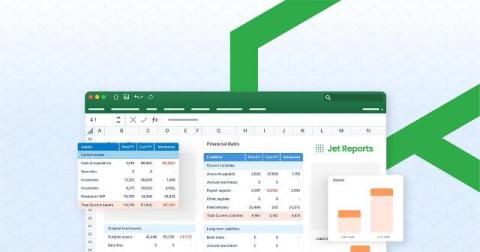What is the Benefits of Real Time Data?
It’s no secret that more and more organizations are turning to solutions that can provide benefits of real time data to become more personalized and customer-centric, as well as make better business decisions.





